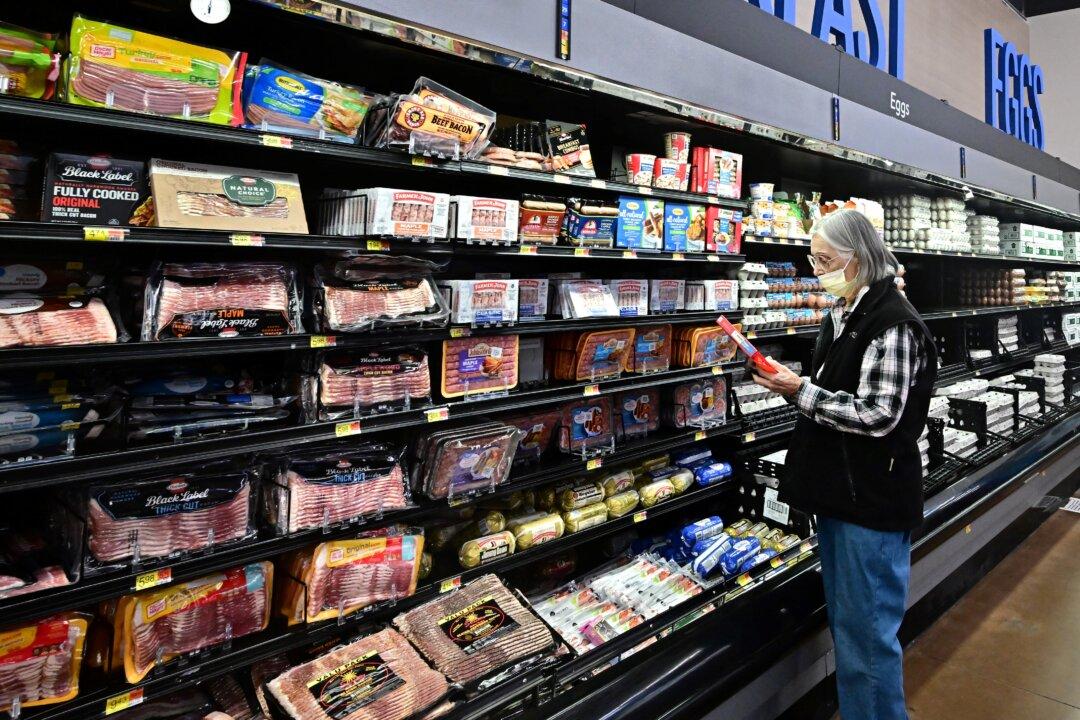Commentary
The December 2023 consumer price index (CPI) report shows an overall increase of 3.4 percent unadjusted over the past year and an increase of 0.3 percent from November 2023. This was above expectations of 3.2 percent for the year and above expectations of 0.2 percent for the month.





